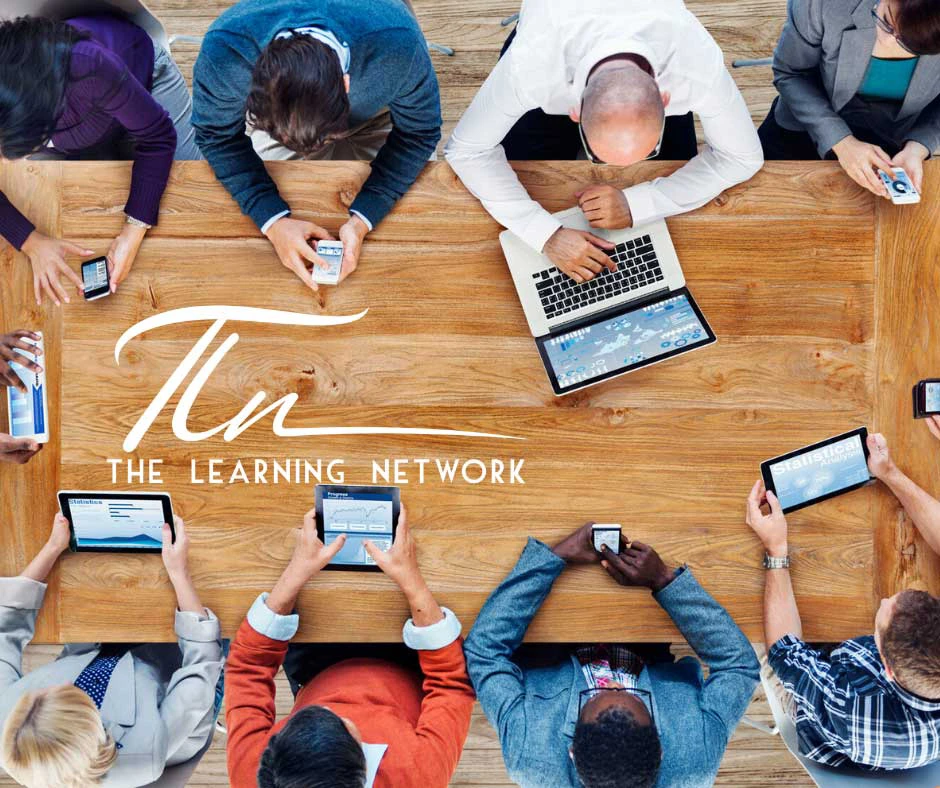
 Training and onboarding employees is a task that, while necessary, can be time-consuming and if not done well can leave employees without the knowledge to make them valuable assets for your organization.
Training and onboarding employees is a task that, while necessary, can be time-consuming and if not done well can leave employees without the knowledge to make them valuable assets for your organization.
Hybrid learning, a blend of a primarily offline learning environment and a fully online learning environment, can be customized to the needs of any business and has been proven to be an effective method for training and onboarding employees. While hybrid learning itself is not new, its visibility and viability have increased as businesses have worked to find ways to maneuver and remain competitive with the current economic landscape.
Hybrid learning can save organizations time and money, while also providing a more engaging and interactive learning experience for employees. Some of the benefits of hybrid learning include increased retention rates, improved engagement, and better outcomes.
However, its success depends on how well it is implemented.
In The Learning Network’s recent webinar, Lessons in Hybrid Learning: A Webinar for L&D Pros, panelists share what it takes to make a successful transition to hybrid learning. Chris Washburn, Director of Learning & Development at Aritzia, Dr. Steven Renz, Global Director of Learning & Development at Business Network International (BNI), and Kevin Kernohan, Director of Learning & Development at Canada Post Corp, explain how their companies implemented hybrid learning and are reaping the rewards.
In the webinar, the panelists share specific real-world examples from their individual organization’s implementation of hybrid learning. Aritzia has created a hybrid new hire onboarding program for distribution center employees. Canada Post has integrated a virtual tour learning experience for new facilities. BNI has leveraged hybrid learning to overcome obstacles such as differences in time zones and languages for its members.
All of these organizations have realized the benefits of adopting a well-designed, thorough, and convenient hybrid learning model.
The Learning Network is proud to be a source of support for those organizations turning to this learning model. Over its years of experience in the industry, The Learning Network has recognized these seven best practices for hybrid learning:
- Start with the end in mind.
- Decide what you will measure.
- Tap into SME knowledge.
- Use a course design document.
- Tell learners how the training benefits them.
- Divide the course into digestible chunks.
- Include experiential learning and custom content.
No matter the sector or industry your organization is in, hybrid learning can provide many benefits to the business itself, to your employees, and, in turn, to your customers. Efficiently and effectively training and onboarding employees are critical for a profitable business. This customized approach to learning allows you to tailor the learning experience to the needs of your organization.
Watch the webinar today to learn more about how to harness hybrid learning. You can also visit our website to discover our products and services. Whether you need help with onboarding, compliance training, or sales training, we have a product to help streamline training for your organization.
Also, be sure to sign up for our mailing list so that you can join our future webinars and stay abreast of exciting changes in the hybrid learning landscape.


